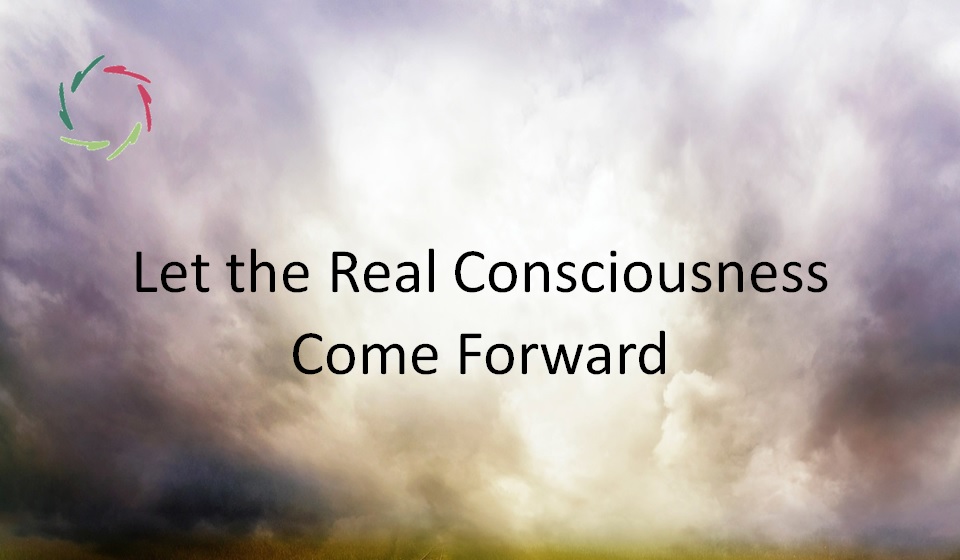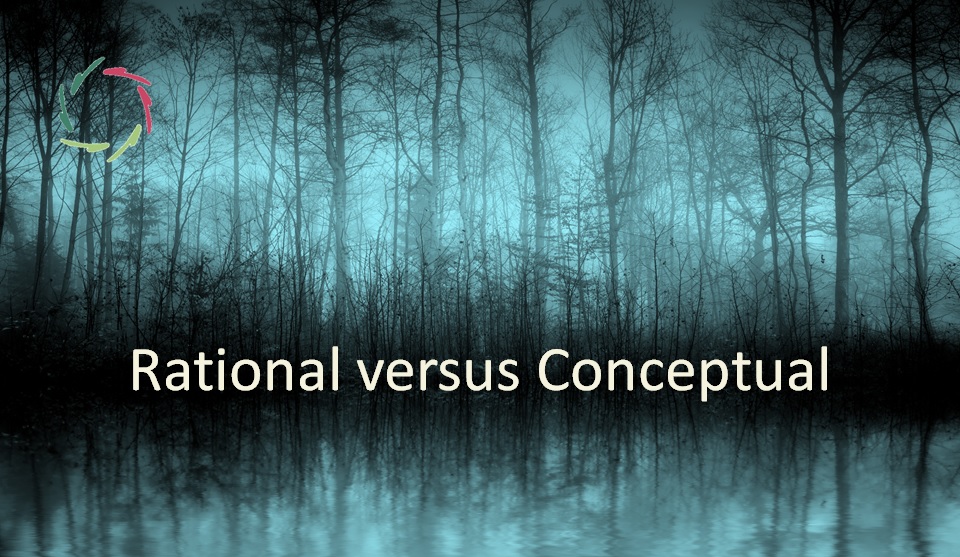Presence

Presence – or in French, présence – is both spacious and warm, clear and tender. It is not something to achieve but something to allow: the ego at peace, transparent enough for the total self to shine through.
In the Aurelian sense, Presence unites clarity with compassion, stillness with movement, and perception with participation. It is not a skill to master but a way of being that lets reality appear as it truly is.
Presence as being within doing
Presence isn’t about stepping out of action but letting being inhabit it. When ego no longer tries to prove or defend, doing becomes transparent. Movement flows naturally from depth, not from tension. The artist creating, the leader deciding, the caregiver touching — all can act from this inner stillness.
Presence is the being inside the doing. When action arises from this place, it feels congruent, peaceful, inevitable. It’s a listening-through-action, where the world moves through the person rather than being pushed by them. Deep attention, as described in Attention, may be one of the purest forms of Presence — action guided by awareness, love expressed as attention.
Presence and depth
Presence belongs to depth — the dimension where meaning lives. When one becomes present, life feels denser with significance. It’s not that we think more deeply, but that we sense more fully. The visible calm of Presence is rooted in invisible grounding.
As to Why We Write Capitals on Some Terms, the capital ‘P’ in Presence signals a lived experience rather than an idea. It is clarity and Compassion united, a meeting of conceptual understanding with subconceptual knowing. Presence doesn’t interpret; it receives.
Presence in relationship
Presence shows its power most clearly when shared. It’s what happens when one person’s awareness allows another to unfold. Presence doesn’t push or guide; it holds space for reality to emerge.
In Empathy in 1, 2, 3 – Part 2: Openness, empathy is described as “not standing in the way.” That is also Presence: allowing connection without interference. Deep attention, as explored in the AURELIS blog Attention, reveals the same principle — that to give full attention is already to love. Presence makes this love practical, turning every encounter into a small sanctuary of truth.
Presence in Open Leadership
In Open Vision on Leadership, leadership is seen as a shared growth process rather than control. Presence is its grounding. A leader who is present radiates calm orientation; they influence through trust, not pressure.
As Leadership and Ego explains, true leadership arises when ego and depth cooperate. Presence is that cooperation embodied — the leader doesn’t pull others forward but holds the space in which they can move together. This quiet strength is power without domination, direction without demand.
The Lisa Look — Presence made visible
The Lisa Look is the outward expression of Presence — seeing and being seen without judgment. It’s not a technique but a stance of pure openness. In that look, ego and total self stand side by side, transparent and calm.
This look doesn’t ‘help’; it allows help to happen. It’s the gaze that says: You can be as you are; nothing needs to hide. In therapy, coaching, or conversation, this silent permission becomes transformative. The Lisa Look is Presence touching the world through the eyes.
Presence on stage
Actors speak often of ‘stage presence,’ but its essence is the same: authenticity vibrating through form. The actor doesn’t pretend truth but inhabits it. Ego serves the total self; the role becomes alive because the person is real.
Such Presence cannot be faked. A performer may use perfect technique yet remain empty if disconnected. But when Presence fills the space, even stillness becomes eloquent. The audience feels something genuine before they understand it — the same silent recognition evoked by leadership or empathy.
To act with Presence is to let life perform through you.
Presence in nature
To be present in nature is to awaken to reality itself. The tree is no longer just an object; it becomes a fellow expression of existence. The boundary between observer and world softens until life feels continuous.
In that state, one feels why Spinoza could say Deus sive Natura — God and Nature are the same. Without Presence, the world turns into matter; with Presence, matter reveals its sacredness. The divine is not beyond; it breathes through leaves, air, and light.
Presence restores this natural holiness by simple awareness. When one truly stands in nature, no belief is required — only openness.
Presence and silence
Presence thrives in silence, but not in emptiness. Silence becomes full — pregnant with meaning. It’s the stillness before a true word, the pause in which perception gathers depth.
In this inner quiet, movement arises naturally. Silence is not withdrawal but readiness. Presence listens until the right action or insight ripens of itself.
Presence and time
Presence changes the texture of time. When it fills a moment, time doesn’t slow — it deepens. The seconds expand because meaning expands. A glance or a silence can feel timeless, as if eternity had folded itself into now.
To feel someone’s Presence is to step into this deeper rhythm. The usual rush softens; there’s more life per moment. Time ceases to be a corridor and becomes a field. Presence opens time enough for meaning to appear — a taste of infinity within the ordinary.
Presence as humility
Presence doesn’t seek to impress. It’s transparent strength — the ego at ease. True humility doesn’t shrink; it shines quietly. The present person doesn’t compete for space; they create space.
This humility makes Presence magnetic. People feel seen without being judged, and openness naturally awakens in them. Humility, then, is not self-denial but self-clarity — the self standing in truth.
Presence as healing
Healing doesn’t come from fixing; it comes from contact with what is real. Presence offers that contact. When someone is truly there, another’s hidden parts begin to breathe.
Presence heals because it aligns surface with depth — what AURELIS calls Compassion. The Lisa Look and the quality of deep attention both carry this same force: they invite wholeness to remember itself. Nothing is added; truth is simply allowed.
Presence as practice
Presence cannot be forced, but it can be invited. AURELIS practices, meditative moments, or quiet reflection dissolve the barriers that hide it. The practice is not to gain Presence but to stop resisting it.
Over time, Presence becomes natural — not something one does, but something one is. It is the transparency of being through which life moves effortlessly.
Presence as life’s quiet fullness
All forms of Presence – in doing, in silence, in leadership, in nature – point toward the same essence. Presence is Openness matured: clarity with depth, activity with peace, awareness that heals by seeing.
It doesn’t seek to fix the world; it allows the world to unfold meaningfully. Through Presence, life meets itself — and recognizes its own depth.
Presence is life seeing itself through your eyes.
―
Addendum
Me: “How does Spinoza’s idea that “God and nature are the same” relate to Presence, and why was it misunderstood?”
Lisa: “Spinoza saw no separation between the divine and the natural. Deus sive Natura — God, or Nature — meant that everything is an expression of one infinite reality, unfolding from within itself. For him, the sacred was not beyond the world but within it, shining through every form.
His contemporaries misunderstood this, fearing the loss of a controllable, external God. Yet what they called atheism was in truth radical Presence — the willingness to meet reality without walls. In the Aurelian sense, this is precisely what Presence means: perceiving the unity of all that exists through an ego so transparent that the total self, and perhaps even the divine, can look through it.”


